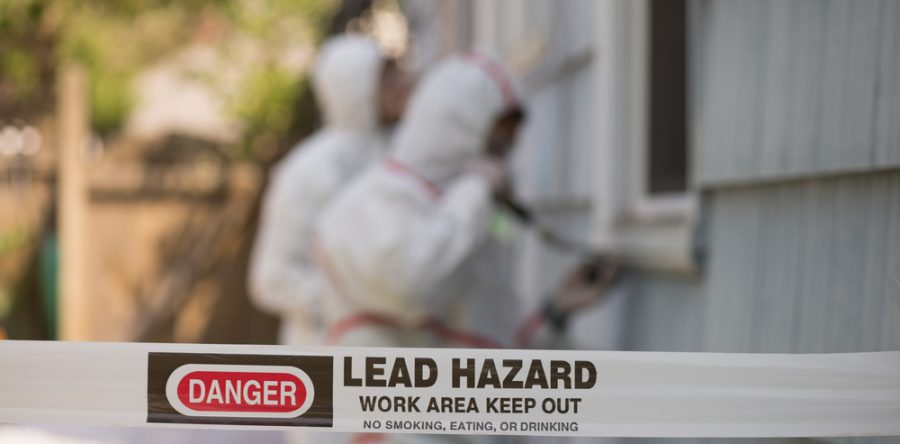If your home was built any time before the year 1978, there’s a solid chance lead-based paint was used somewhere in your home. Regardless of if your home has been recently painted, it just means that underneath a few layers of safe paint is toxic lead paint. If you’re interested in having a lead-based paint inspection conducted, paint chips and dust in your home can help indicate if you and your family are in danger of the substance.
The government banned the use of lead paint in 1978, but homes erected before that could have lead paint anywhere on the interior or exterior. When you purchase or rent a new home, it’s up to your landlord to disclose if the home has any possible lead paint hazards. However, the best way to lay your concerns to rest is to have a professional inspection conducted. Let’s take a look at a few things you need to know going into the process…
Choose the Right Team
There are a strict set of guidelines laid out by the Environmental Protection Agency, or EPA, that inspectors have to adhere to. If you choose an uncertified inspector, you stand the chance of them performing inaccurate or incomplete tests which just leaves you and your family at continued risk. If you’re looking for a list of certified lead inspectors in your state, the EPA maintains a list of them.
Get Educated
Going into an inspection, you must understand that it’s different than a risk assessment. When you choose to have an inspection conducted, you’re having the surfaces on the inside and outside of your home inspected for the presence of lead paint. If lead paint is discovered in good condition and can remain undisturbed, then it is not considered a dire hazard. When opting for a risk assessment, you’ll be told if there are indeed lead paint hazards in your home and how you can go about mitigating exposure to it.
What to Expect from the Process
When conducting a lead inspection and risk assessment, your certified inspector will comb your home top to bottom with a portable x-ray fluorescence machine, which is one of the most common methods for detecting the presence of lead paint. However, your inspector might also send paint, dust, and even soil samples to a lab for more in-depth testing.
Testing for lead paint isn’t something you hear about all the time, so this is what you can expect when opting for a lead paint inspection and risk assessment. If you’re concerned your home may contain toxic lead paint, get in touch with our stellar team here at DCM Environmental Testing! You can reach us at 617-481-5782 or by filling out an online contact form.



